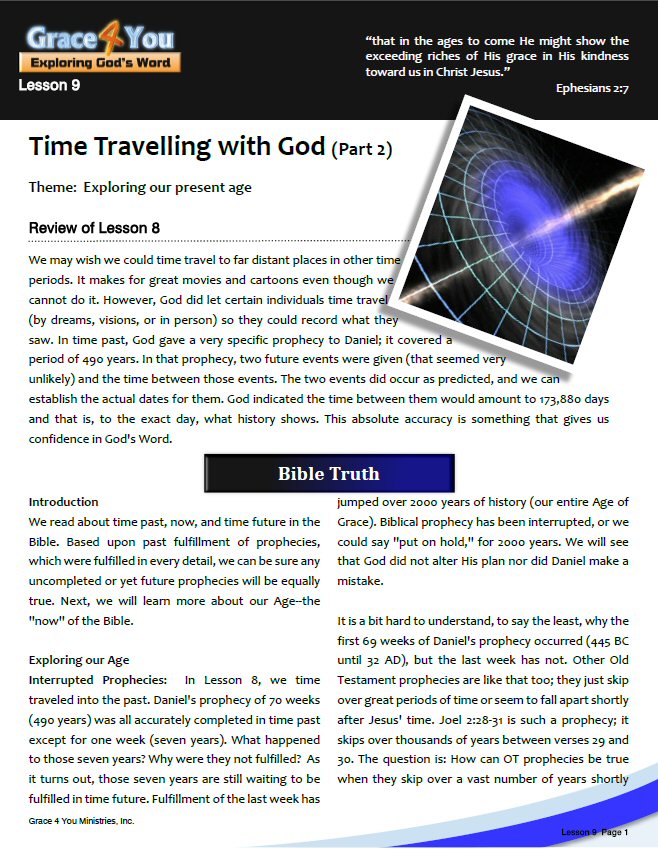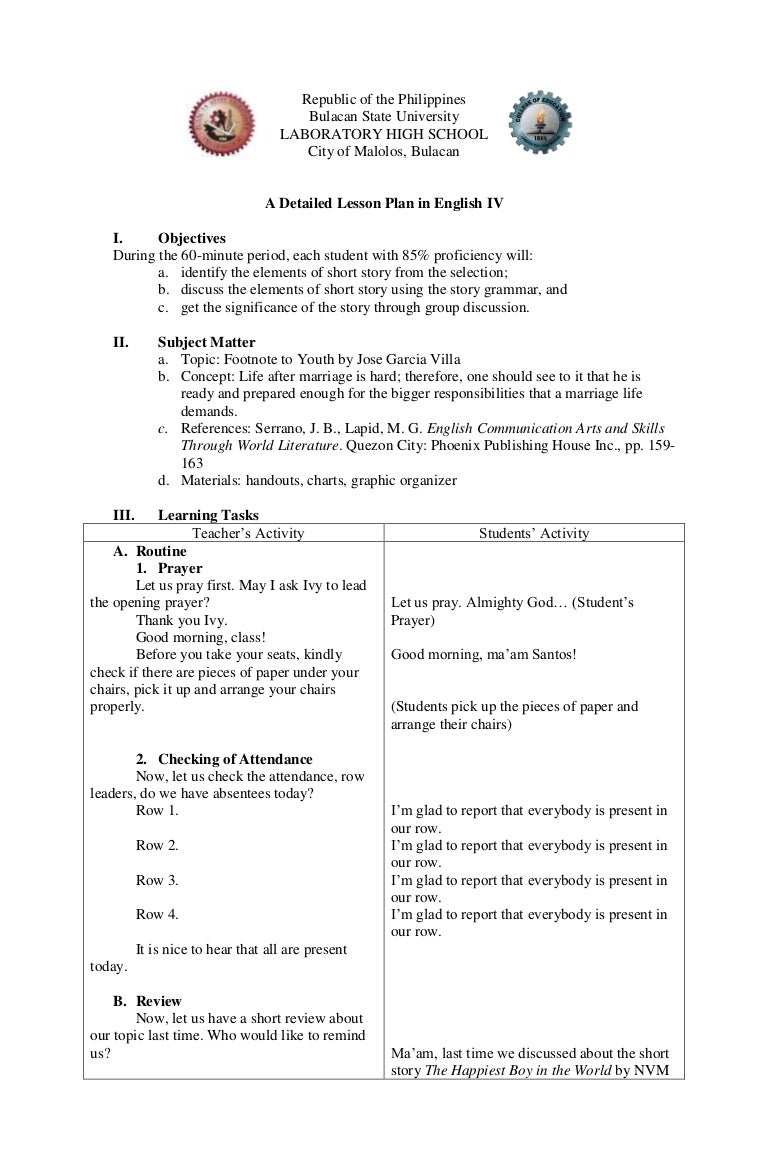

Nothing makes my blood boil more! Toddlers are busy creatures who are learning skills like running, jumping, climbing, lacing, drawing, painting, building, etc. I should not walk into your two-year-old classroom and see children sitting all together doing a worksheet. I know this is a “buzzword” phrase when you hear it, but it is so important to make sure that what you are expecting of toddlers is appropriate. To start, it’s important to know what to look for and what you need in your classroom in order to create successful lesson plans. But when it comes to finding lesson plan ideas for toddlers, you can go down a long rabbit hole and before you know it, you’re ordering shoes from an Instagram ad! It isn’t easy to do, and there should be more resources out there for sure. The actual number will depend on how many songs you choose to include in your lesson.įrom there, record the time of each activity, the song you'll use, a detailed teaching process, and any special notes or considerations to keep in mind.When writing lesson plans, it is so easy to find tons of ideas for preschool and older. If you're making the lesson outline from scratch, create a table four columns across and about six to eight rows down.

Movement: We Orff inspired teachers are always looking to add more movement to our lessons! Have students glide, stomp, tiptoe, slither, flounce, sneak, or jump to their next location. A nonverbal transition can be a refreshing change for both you and your class! Use sign language for sit and stand Use pictures of game formations such as concentric circles, longways set Nonverbal: Our students have to sort through a staggering amount of verbal information in a typical school day. The teacher changes one note at a time until the rhythm becomes the beginning of the next song. Musical (Rhythmic): Read a rhythmic phrase of a song written on the board. The class sings the phrase on solfege, then the teacher asks, “What other song could this be?” Students guess from a list of songs on the board. Musical (Melodic): Use identical melodic phrases to transition to a new song (such as Lucy Locket and We are Dancing in the Forest). Example: After students play the game to Apple Tree, suggest that you take an apple to your friend, Johnny, who is hungry after all his hard work building a house. Students love stories, so connect activities with a narrative if you can. Verbal / Textual: These are the most common in younger grades. Here are a few transition categories to get you started: Transitions are used for entering and exiting the music room, changing from one song or activity to the next, setting up for a game, and moving to instruments. Pay attention to how you plan to move from one activity to the next (transitions), as this is where the bulk of classroom management problems arise. This structure keeps your pacing quick so students stay engaged. It’s a good rule of thumb to keep each activity fairly short (think of the attention span of your students!), and to alternate between times of high concentration and relaxation. Lesson Planning Tips for Music Teachers: 1.


 0 kommentar(er)
0 kommentar(er)
